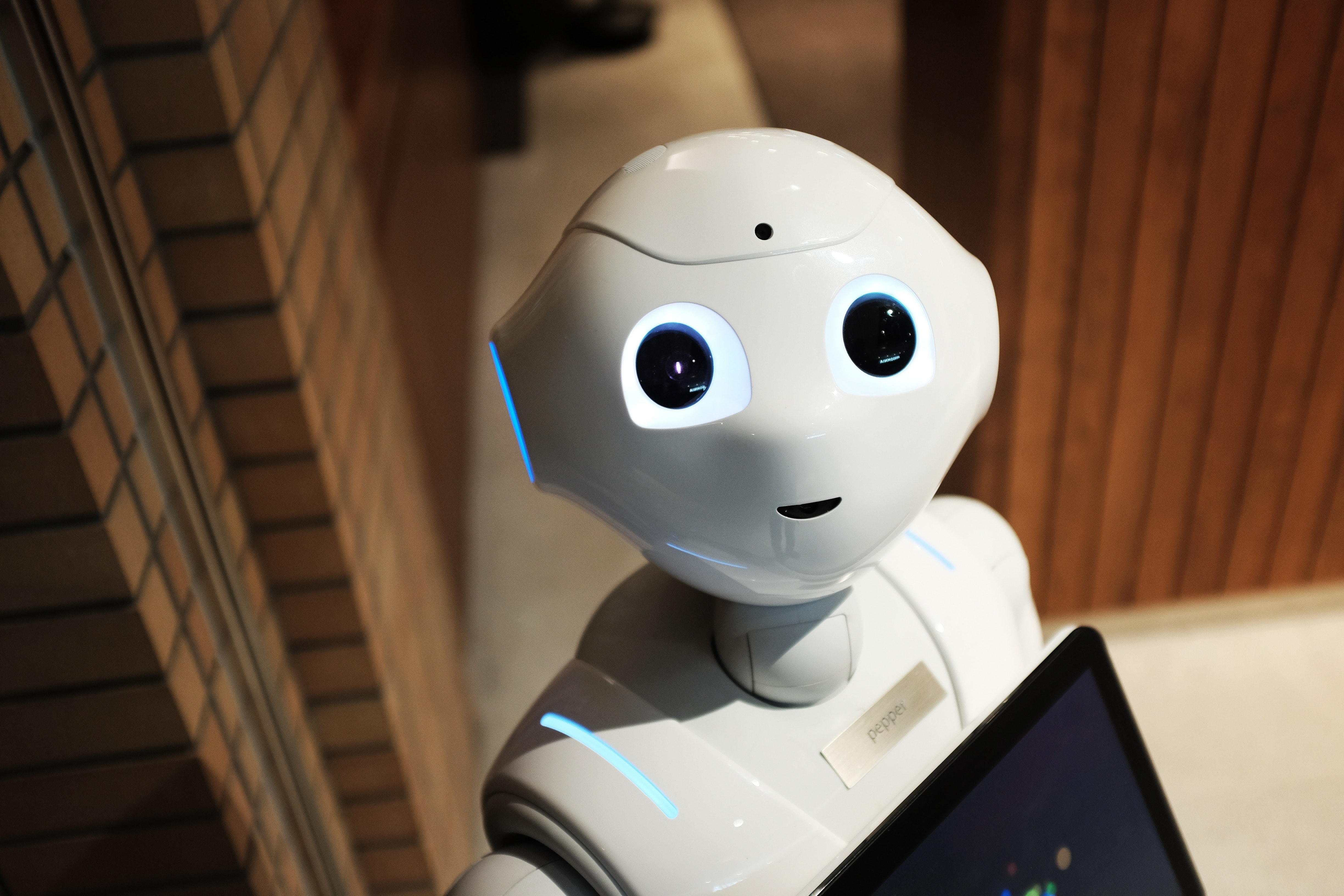
Projects Every Senior Software Engineer Should Try (Before They Retire or Become a Manager)
27 challenging project ideas every senior software engineer should try — from building an OS kernel, compiler, or chess engine to crafting a video player, blockchain, or game engine. A fun, no-fluf...








